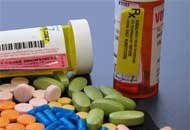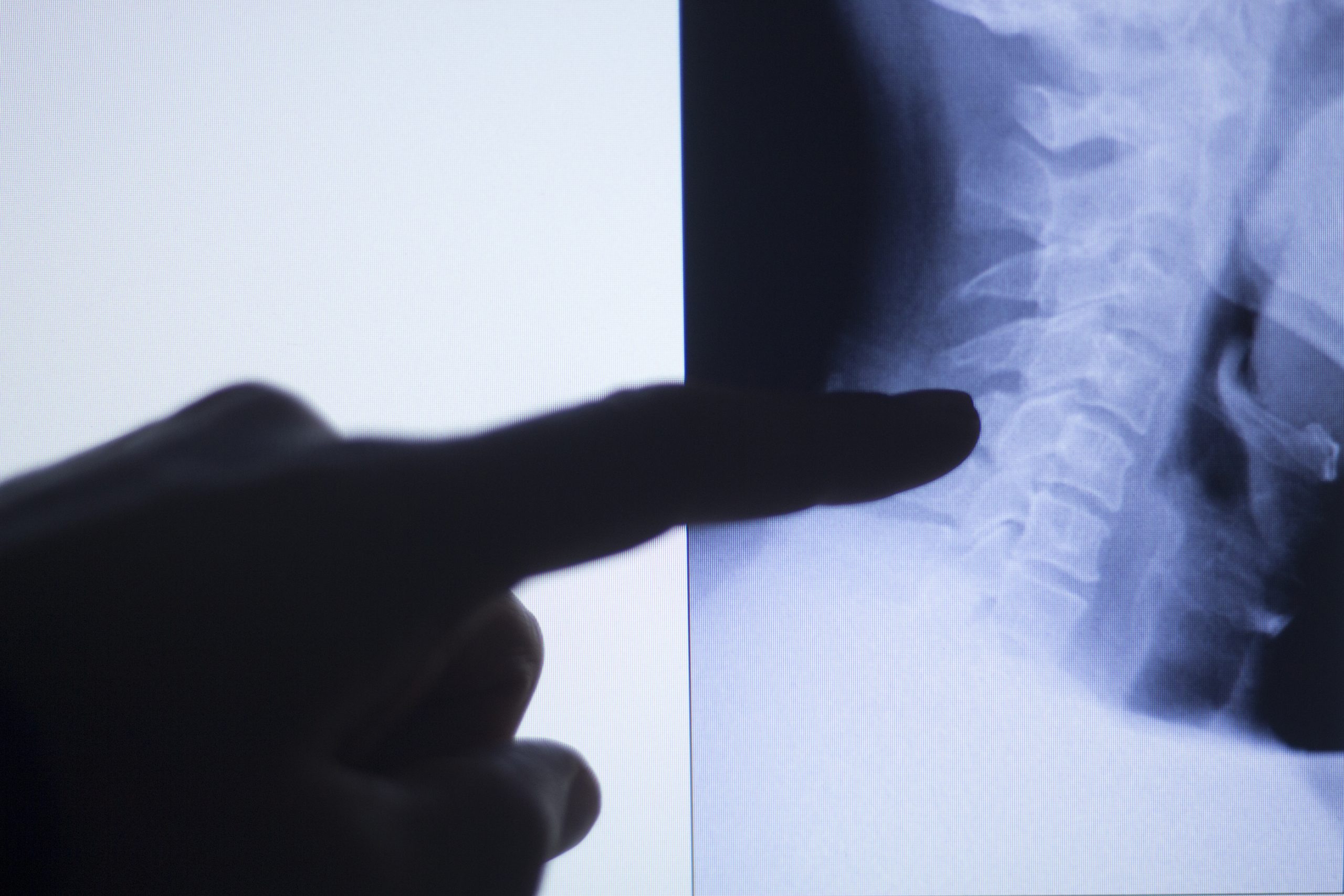 Cycling accidents happen. One of the common injuries cyclists sustain in bike crashes is road rash. How you treat the wounds will directly determine whether you experience a rapid recovery or a long period of scabbing.
Cycling accidents happen. One of the common injuries cyclists sustain in bike crashes is road rash. How you treat the wounds will directly determine whether you experience a rapid recovery or a long period of scabbing.
How to Treat Road Rash
- Washing – The first thing you should do is immediately wash off the wound with clean drinking water. Refrain from heavy scrubbing and do no use hydrogen peroxide. If you have antiseptic spray, give it a few squirts. If you can see fat globules or have a deep cut, then you need to go to an ER for stitches.
- Dressing – Depending on the depth of the wound, there are three different ways to approach dressing the injury.
- Shallow – Apply a thick layer of antibiotic ointment, cover in gauze and wrap in a nonstick dressing such as an ACE Bandage.
- Medium – Apply a light layer of antibiotic in the central area of the wound and then cover in a clear bandage like Tegaderm before wrapping in gauze and non-stick bandages. Leave the clear bandage on for a few days.
- Deep – For deeper, more serious wounds, do not apply ointment. Instead, cover in a clear bandage and make sure that all of the corners are sealed so that no moisture or air can get in. Leave the clear bandage on for a week, replacing the gauze and non-stick bandage on top of it daily. Make sure to clean the injury thoroughly after uncovering it fully.
- Monitor – Your road rash should be getting less painful and swelling should be subsiding more and more each day. If this is not the case, and the pain is worsening or you notice increased swelling or redness, then you may have an infection. Go to the doctor and they may decide to prescribe antibiotics or some other treatment.
- Scarring – Anytime your skin is torn, there is a risk of scarring. To reduce the risk as much as possible, regularly moisturize the wound after the initial healing process.


























 1620 5th Avenue
1620 5th Avenue 1620 5th Avenue
1620 5th Avenue